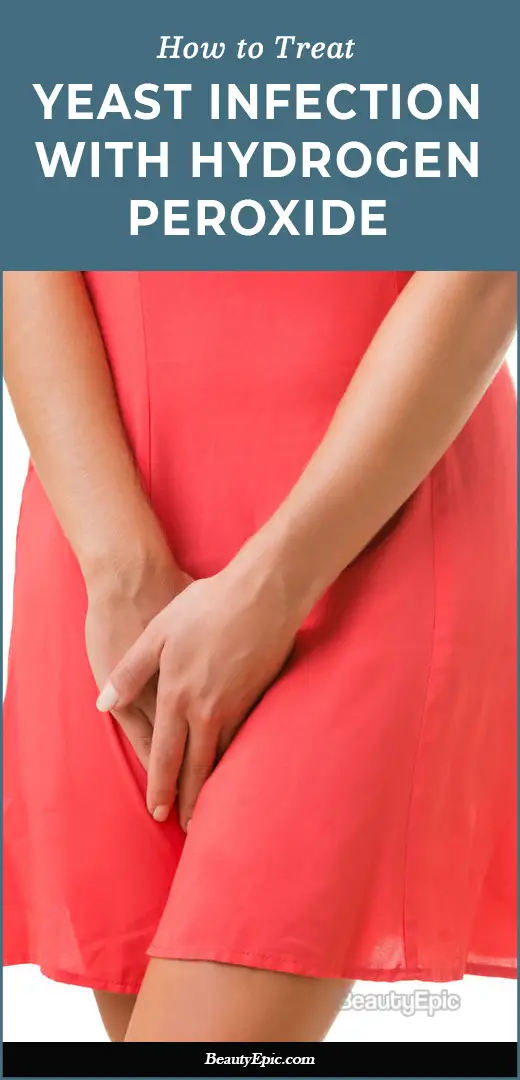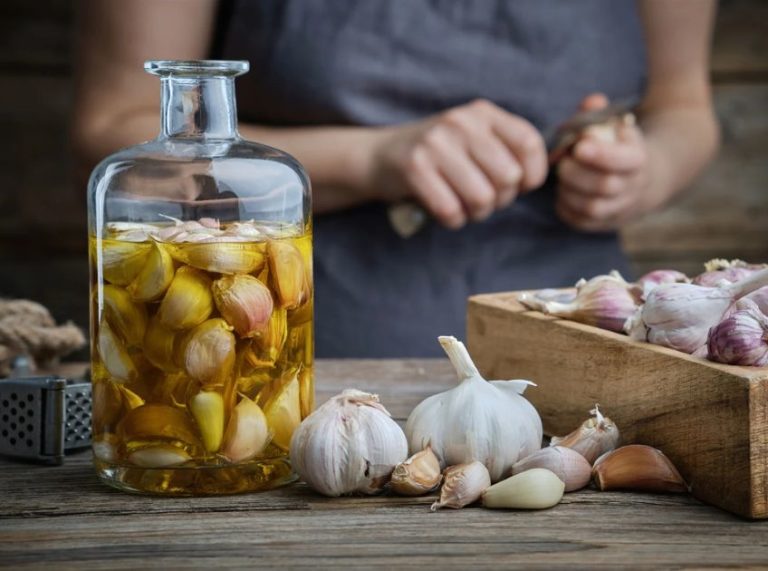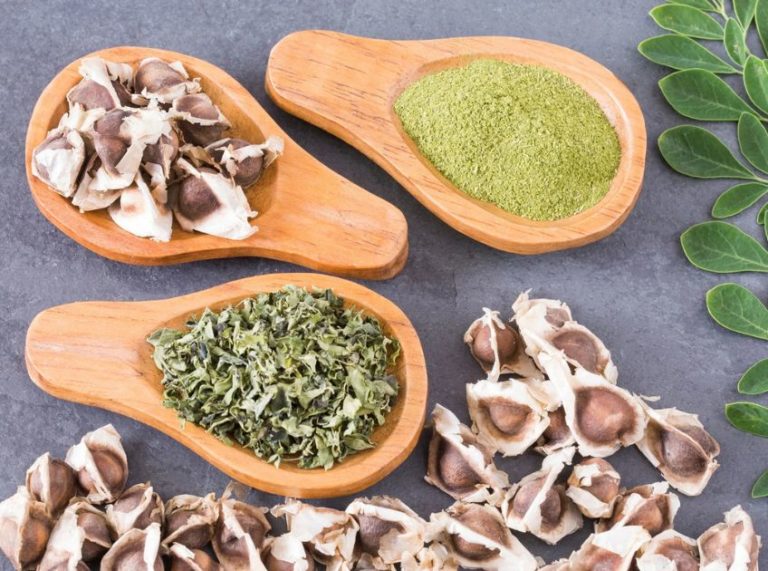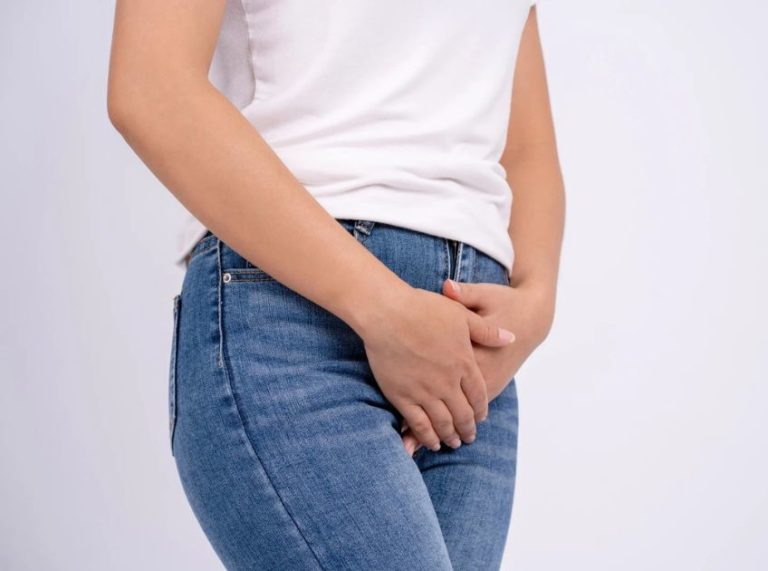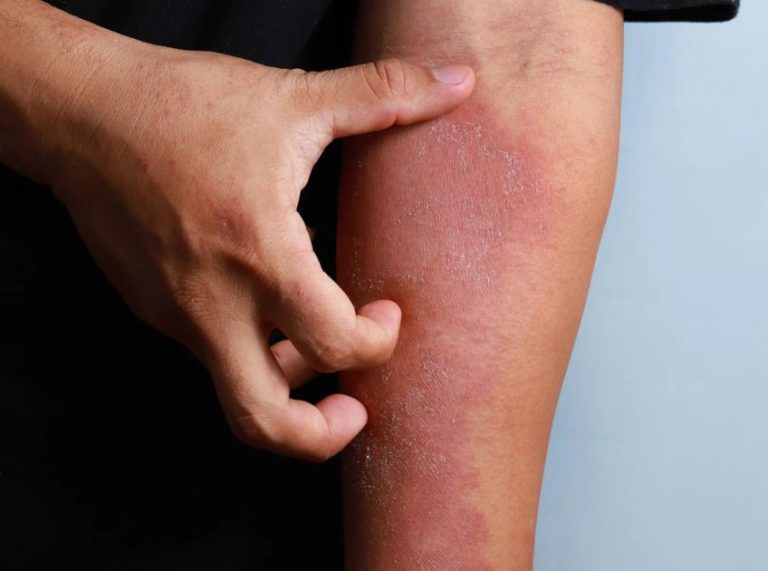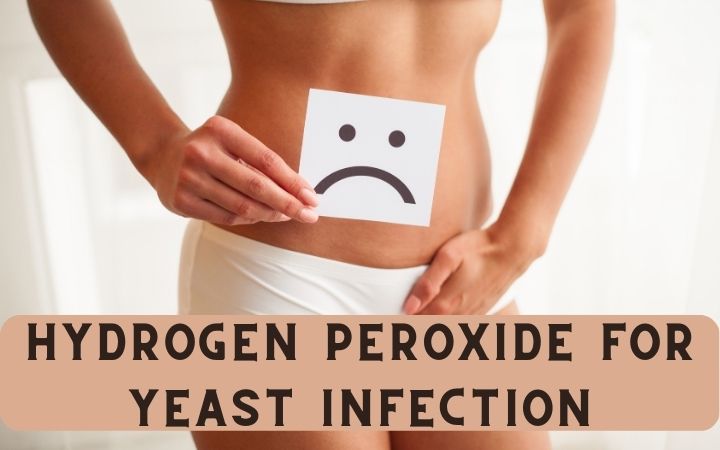
Important: This article is for informational purposes only. Please read our full disclaimer for more details.
Yeast infections are very common among women. It is mostly caused in the female genitalia due to increase in the Candida Albicans, which is otherwise present in small amounts in the female genitalia. A healthy female genitalia has a number of bacteria, a small number of yeast cells. Changes in the balance of these organisms lead to the growth of yeast infections. Apart from antibiotics, a number of homely remedies are effective in curing yeast infection. One such common homely remedy is the use of hydrogen peroxide. Here we have discussed the various benefits and various methods of using hydrogen peroxide for yeast infection.(1)
Is it Safe to Use Hydrogen Peroxide for Yeast Infection?
Here is why you can depend on hydrogen peroxide.(2)
- Hydrogen peroxide is antiseptic in nature and also a disinfectant. This keeps the germs at bay.
- It removes bacteria through oxidation.
- The antimicrobial properties help to eliminate any germ growth.
How to Use Hydrogen Peroxide for Yeast Infection
1. Hydrogen Peroxide Bath for Yeast Infection

Ingredients:
- 5 cups of hydrogen peroxide
- On tub of lukewarm water
Procedure:
- Add the hydrogen peroxide to the tub of water
- Stir the water well so that it is evenly mixed.
- Soak yourself into the water for 30 minutes
Repetitions: Repeat daily till infection is healed.
Preparation Time: 5 minutes.
Best Time To Apply: Before going to bed.
How It Work: As the body is soaked into the solution the hydrogen peroxide works better on the infection.
2. Epsom Salt and Hydrogen Peroxide Bath for Yeast Infection

Ingredients:
- 3 cups of Epsom salt
- 5 cups of hydrogen peroxide
- Bathtub full of warm water
Procedure:
- Pour the Epsom salt and hydrogen peroxide into the water
- Stir it till both the ingredients are evenly mixed into the water
- Soak yourself into the water for 30 minutes
Repetitions: 4 times a week.
Preparation Time: 5 minutes.
Best Time To Apply: Before going to bed.
How It Work:
- Epsom salt is basically magnesium sulphate. It helps to kill the yeast easily and also heals the infection.
- Being an anti-bacterial itself, it eliminates the yeast infection causing bacteria thus reducing the irritation.
Tips: Use a hydrogen peroxide solution that contains 3% hydrogen only.
3. Hydrogen Peroxide and Water Douche for Yeast Infection
Ingredients:
- Hydrogen peroxide
- Distilled water
- Douching bag
Procedure:
- Fill half the bag with equal amounts of hydrogen peroxide and water
- Sit on the toilet seat or lie in the bath tub, whichever is convenient for you.
- Insert the equipment into the female genitalia.
- Keep pressing the bag until it is empty
- Do it slowly and gradually
- It gives the solution enough time to eliminate the infestation
- Refill the douching bag with distilled water
- Follow the same process as before and squeeze the entire water into the female genitalia.
- Keep doing this for 5 to 10 minutes to wash out the dead yeast.
Repetitions: 2 times a week.
Preparation Time: 5 minutes.
Best Time To Apply: Anytime.
How It Work:
- The solution acts directly on the infestation and removes the yeast growth very fast.
- It is known for higher penetration rate through the infection and attacking the root cause.
4. Hydrogen Peroxide and Vinegar for Yeast Infection
Ingredients:
- 5 cups of vinegar
- 5 cups of hydrogen peroxide
- Bathtub full of water
Procedure:
- Pour the ingredients into the water
- Stir it till both the ingredients are evenly mixed into the water
- Soak yourself into the water for 30 minutes
- Dry yourself
Repetitions: Daily.
Preparation Time: 5 minutes.
Best Time To Apply: Anytime.
How It Work:
- Vinegar is a strong antibiotic thus curbing the infection.
- Its acidic nature balances the pH levels, reducing the effect of the yeast infection.
Tips:
- You can add a few drops of any essential oil for a nice fragrance.
- It will add to the nourishment of the wash.
5. Hydrogen Peroxide and Yogurt for Yeast Infection
Ingredients:
- Unsweetened yogurt 100gms
- 5 tablespoons of hydrogen peroxide
- 2 plastic tampons.
- A soft cloth pad
Procedure:
- Beat the yogurt and the hydrogen peroxide well and fill it in the plastic tampons.
- Refrigerate it to form sickles.
- Clean the affected area.
- Insert the sickle into the female genitalia.
- Put on the soft cloth pad to collect the yogurt that melts out.
Repetitions:
- Repeat the process 2 times.
- Once during the day then overnight
- Continue till the infection is healed.
Preparation Time: 2 hours 30 minutes.
Best Time To Apply: Overnight and when you find time during the day.
How It Work:
- The cold sickle in the wash will soothe the irritation and inflammation.
- This is a long lasting remedy and can keep the yeast infection away from occurring again in a short interval.
These are some methods of using hydrogen peroxide to treat yeast infection. All women should know that maintaining the right pH levels for such sensitive areas is extremely important, hence we suggest avoiding soap and using a mild wash for the intimate areas everyday.
You Might Also Like:
- Can You Use Boric Acid for a Yeast Infection?
- How to Treat Yeast Infection With Garlic?
- 5 Effective Home Remedies for Yeast Infections
- How to Use Yogurt for Yeast Infection
- Witch Hazel For Yeast Infection
Image:- 1
